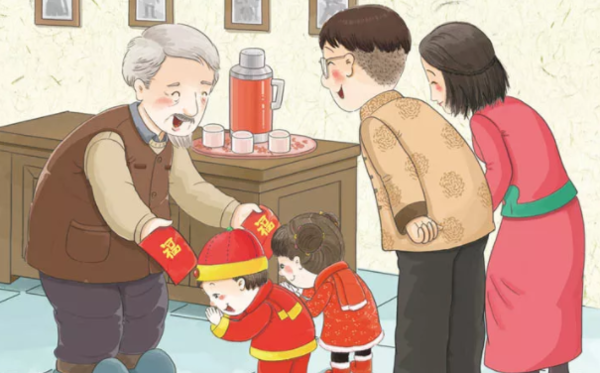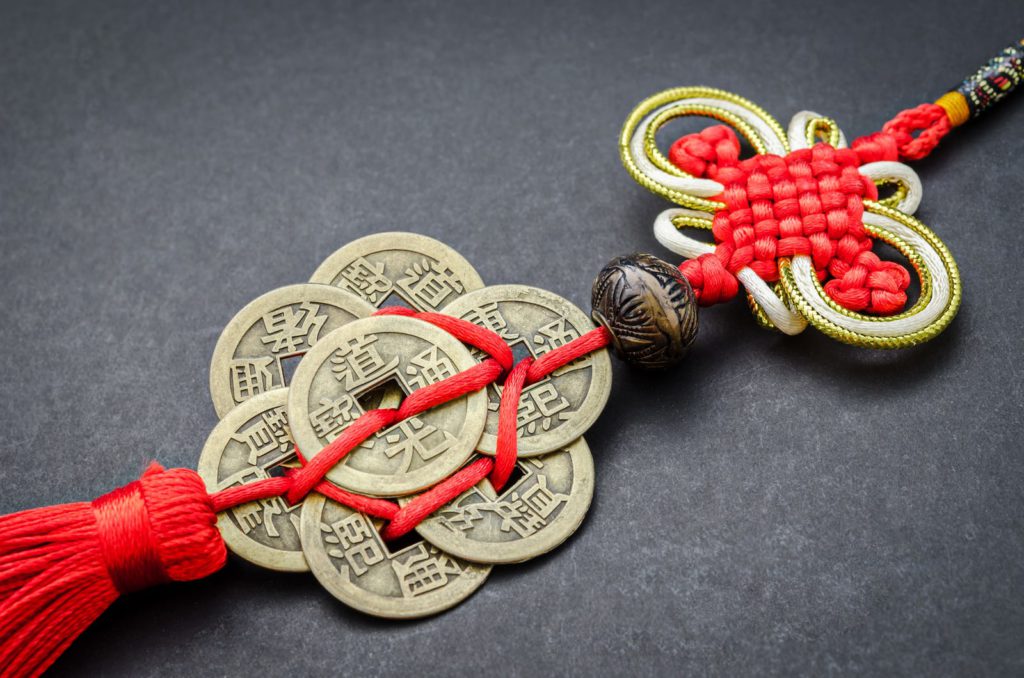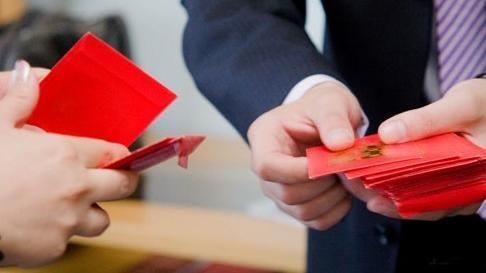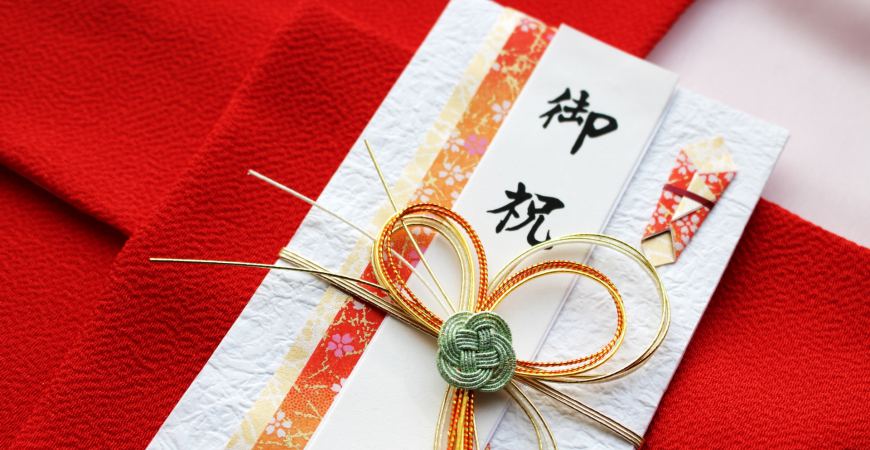

圖片源自 https://zhidao.baidu.com/question/139922389.html
To give or not to give, that is the question; how much money should be put in red envelopes, is even more complicated.
In East Asian and Southeast Asian societies, a red envelope (also known as Hóngbāo in Mandarin Pinyin) is a monetary gift which is given to family, relatives, friends or colleagues during holidays and special occasions: such as weddings, graduations, the birth of baby or year-end bonuses for employees. (Read More: Why Lunar New Year prompts the world’s largest annual migration)

圖片源自 https://www.qi-gong.me/zh-tw/tculture/20170131/22234.html
The tradition of giving red envelopes is based on one of the oldest folklore. Legend has it that a monster named “Sui” pat children’s head and made them suffer from fever while they are sleeping on New Year’s Eve. Thus, parents tried to keep their children awake all night to prevent from getting sneak attack by Sui. On New Year, a child was given eight coins to play with for staying up all night, yet the child couldn’t help but eventually fell asleep with coins on the pillow. Sui then appeared and touched the child, the coins (are in fact the Eight Immortals) projected powerful beams of light that drove Sui away. These coins were tied together with red string. Nowadays, the coins transitioned to red envelopes which is called “money warding off evil spirits” (also known as “yā suì qián” in Mandarin Pinyin). (Read More: The Top 3 Chinese New Year Stories/Legends)

圖片源自 https://chinesenewyear.net/red-pockets/
The most common red envelope-giving is during Lunar New Year (Read More: Taiwan Lunar New Year Traditions). It is generally given out to children or younger unmarried relatives from those who are already married. By passing the money to children, elders hope that a year of good luck and blessings can also be delivered. There’s another version that the younger generation show their “filial piety”, wishes of health and longevity by handing in the red envelopes.
At some workplace, employees usually receive a year-end cash bonus as red envelope from the supervisors or owner of the companies. For attending a wedding reception, the money in the red envelope should be equivalent to cover the guest’s expense at the wedding. In Taiwan, typical amounts are NT$1,200, NT$1,600, NT$2,200, NT$2,600, NT$3,200, and NT$3,600.

圖片源自 https://tw.news.yahoo.com/%E9%81%8E%E5%B9%B4%E7%99%BC%E7%B4%85%E5%8C%85%E5%A4%9A%E5%B0%91%E6%89%8Dok-%E9%80%99-%E9%BB%9E%E5%BE%88%E9%87%8D%E8%A6%81-162027688.html
There are rules on how to properly give an envelope. For example, only clean and brand new notes could be put into red envelopes. In fact, there are often long queues at banks crowded by people who try to change their substandard bills during that period.
Amounts of money might vary for each relation. According to blogger – Pomelo Caviar, the three most common amounts that respondents give their parents were NT$3,600 (US$120), NT$6,000 (US$200), and NT$6,600 (US$220). There are also some unspoken rules such as “red envelope competition”, which means families often compete with each other through the amount of money. The more they put in red envelope, the more etiquette they are.
Chinese people are obsessed with number Six as a luck which means smooth or well-off. In choosing the numbers such as telephone and the vehicle identification, people prefer a number with 6 in it. There is also a widespread convention that the number four should not appear in the amount, such as in 40, 400 and 444. Due to the pronunciation of the word four in Mandarin is homophonous to the word “death”. Furthermore, the amount of money contained in the envelope usually ends with an even digit; odd number is traditionally believed that associated with funerals. The exception is the number 9, Since it sounds similar to the word “long” in mandarin. (Read More: 11 Taboos in Chinese Culture)

圖片源自 https://www.letsgojp.com/archives/330752/
It’s worth mentioning that in Japan, a monetary gift ”Otoshi-dama” is also given to every child by the family members and relatives during the New Year period. Japanese New Year is celebrated according to the Gregorian calendar rather than lunar calendar (Read More: What Lunar New Year Reveals About the World’s Calendars & What Is the Difference Between the Lunar Calendar & the Solar Calendar?). White or decorated envelopes (Otoshi-dama-bukuro) are used instead of red, moreover, writing the name of the receiver is necessary. (Read More: Japanese New Year)
Similar customs also exist in other Asian countries. The Chinese ancient immigrants have introduced the culture of red envelopes into Thailand (Read More: Taiwan or Thailand? A Travel Comparison & 10 Illustrations Show How Different Taiwan and Thailand Are), Myanmar (Burma), Cambodia and so on. While you’re traveling in Asia, don’t forget to buy yourself different kinds of red envelopes as souvenir. Someday, those souvenir may come in handy when you have Asian friends, relatives or even employees! (Read More: Celebrating the New Year in Asia & Differences Between Western New Year and Lunar New Year)
在 Instagram 查看這則貼文
留言